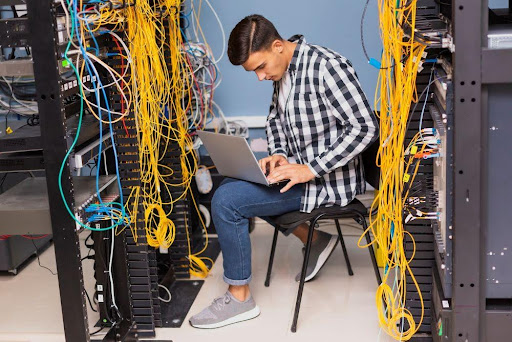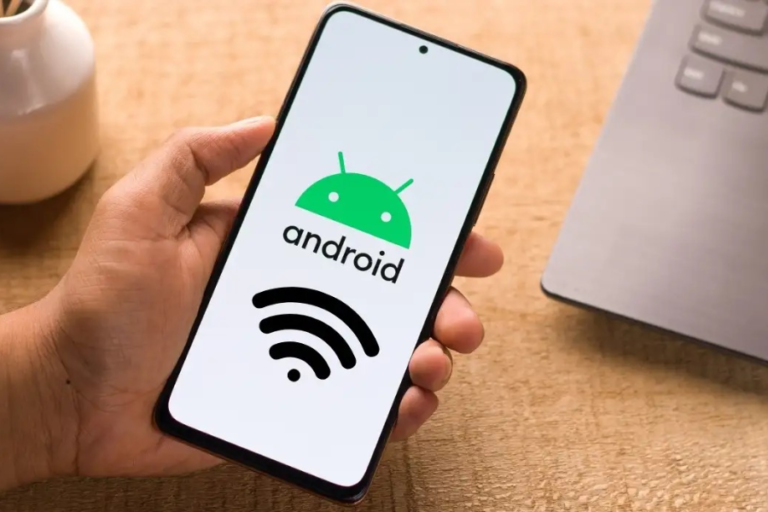Exploring Virtual Reality: Immersive Educational Tools in the Classroom
In recent years, virtual reality (VR) has emerged as a transformative tool in education, revolutionizing the way students engage with learning material. By providing immersive experiences that transport students to different environments and scenarios, VR has the potential to enhance understanding, retention, and engagement. From exploring ancient civilizations to dissecting the human body, the applications of VR in the classroom are diverse and impactful.
One of the key advantages of using VR in education is its ability to create experiential learning environments. Traditional teaching methods often rely on textbooks, lectures, and static images to convey information. However, these approaches can struggle to capture students’ attention and foster deep understanding. VR, on the other hand, allows students to actively participate in the learning process by experiencing content firsthand. For example, rather than simply reading about the Great Wall of China, students can virtually walk along its ancient pathways, gaining a deeper appreciation for its scale and significance.
Moreover, VR can accommodate various learning styles, making it an inclusive tool for diverse classrooms. Visual learners can benefit from immersive simulations and 3D models, while auditory learners can engage with interactive audio experiences. Kinesthetic learners, who learn best through hands-on activities, can manipulate objects and interact with virtual environments, facilitating a deeper understanding of complex concepts. By catering to different learning styles, VR promotes equity and accessibility in education tools, ensuring that all students have the opportunity to succeed.
Another advantage of VR in education is its ability to foster collaboration and communication skills. Many VR applications allow multiple users to interact in the same virtual environment, regardless of their physical location. This feature enables students to work together on projects, solve problems collaboratively, and engage in meaningful discussions. By breaking down geographical barriers and facilitating virtual teamwork, VR prepares students for the increasingly globalized and interconnected world they will enter upon graduation.
Furthermore, VR can make learning more engaging and memorable by tapping into the power of emotional experiences. Studies have shown that emotions play a crucial role in the learning process, influencing attention, motivation, and memory. By immersing students in emotionally compelling scenarios, VR can enhance learning outcomes and facilitate long-term retention. For example, medical students can use VR simulations to practice empathy and bedside manner by interacting with virtual patients, preparing them for real-world clinical encounters.
Despite its many benefits, integrating VR into the classroom presents some challenges. Cost can be a significant barrier, as VR headsets and software can be expensive to purchase and maintain. Additionally, there may be concerns about the potential negative effects of prolonged VR use, such as eye strain or motion sickness. Educators must also ensure that VR experiences are aligned with learning objectives and curriculum standards, rather than being used as mere gimmicks or distractions.
However, these challenges should not overshadow the immense potential of VR to transform education. As the technology becomes more affordable and accessible, an increasing number of schools are incorporating VR into their teaching practices. Educators are experimenting with VR to teach subjects ranging from history and science to art and literature, finding innovative ways to engage students and enhance learning outcomes.
Conclusion:
virtual reality holds great promise as an immersive education tools in the classroom. By providing experiential learning environments, accommodating diverse learning styles, fostering collaboration and communication skills, and tapping into the power of emotional experiences, VR has the potential to revolutionize education. While challenges remain, the benefits of integrating VR into teaching practices are clear. As educators continue to explore the possibilities of VR, students stand to benefit from more engaging, effective, and memorable learning experiences.
Stay in touch to get more updates & news on Discover Tribune!






